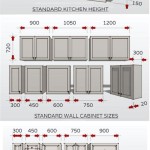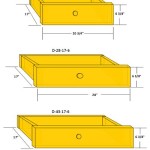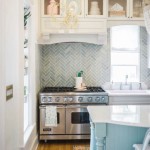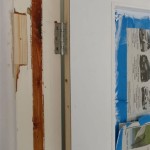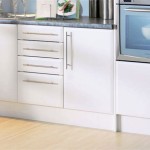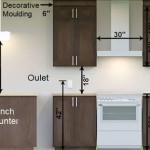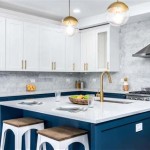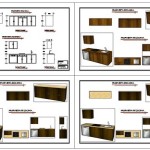Essential Aspects of Adding Glass Kitchen Cabinet Doors in Revit
Enhancing the aesthetic and functionality of kitchen spaces requires careful consideration of various aspects. Adding glass kitchen cabinet doors presents a unique opportunity to create visually appealing and practical storage solutions. Understanding the essential aspects involved in this process empowers users to design and implement these doors effectively in their Revit projects.
This article delves into the critical aspects of adding glass kitchen cabinet doors in Revit, providing insights into their importance and how to approach the task efficiently. By exploring these aspects, users can gain a comprehensive understanding of the process and achieve optimal outcomes in their designs.
1. Material Selection and Properties
The choice of glass type and its properties significantly impacts the overall appearance and performance of the cabinet doors. Thickness, clarity, and specific finishes can be tailored to suit design preferences and practical requirements. Understanding the available options and their implications allows users to make informed decisions based on factors such as durability, visibility, and light transmission.
2. Frame Design and Integration
The frame of the cabinet door provides structural support and defines the overall shape. Designers must carefully plan the frame's dimensions, profile, and material to ensure seamless integration with the existing cabinets. Revit offers tools to create custom frames or modify existing ones, enabling users to achieve the desired aesthetics and functionality.
3. Glazing Techniques and Hardware
The method of attaching the glass to the frame plays a crucial role in the door's durability and overall appearance. Revit supports various glazing techniques, such as face glazing and pocket glazing. Additionally, users can select appropriate hardware, including hinges, handles, and latches, to enhance functionality and complement the design.
4. Detailing and Refinement
Attention to detail is imperative in creating realistic and visually appealing cabinet doors. Revit provides tools for adding fine details, such as mullions, muntins, and decorative accents. These elements enhance the aesthetic value of the doors and contribute to the overall design concept.
5. Lighting and Effects
Incorporating lighting into the design of glass kitchen cabinet doors can dramatically enhance their functionality and visual impact. Revit offers tools to simulate lighting effects, allowing users to preview how the doors will appear under different lighting conditions. This aspect ensures that the doors complement the surrounding space and create a cohesive design scheme.
Conclusion
Adding glass kitchen cabinet doors in Revit involves a multifaceted process that demands careful consideration of essential aspects. By understanding the intricacies of material selection, frame design, glazing techniques, detailing, and lighting effects, users can effectively incorporate these elements into their designs. This article provides a comprehensive guide to navigating these aspects, empowering designers to create visually stunning and highly functional glass kitchen cabinet doors in Revit.

Revit Tutorial Kitchen Cabinet Part 5 Door

Rd077 How To Make Parametric Modular Kitchen Casework In Revit Part 16 Base Unit Glass Door Panel

Revit Tutorial Kitchen Cabinet Part 5 Door

Rd077 How To Make Parametric Modular Kitchen Casework In Revit Part 16 Base Unit Glass Door Panel

Revit Tutorial Kitchen Cabinet Part 5 Door

Revit Tutorial Kitchen Cabinet Part 5 Door

Revit Content Kitchen

Revitcity Com Object Kitchen Wall Cabinet Double Door With Glass Panels

Revit Content Kitchen
Custom Cabinetry System For Revit Rccs Balkan Architect
Related Posts

